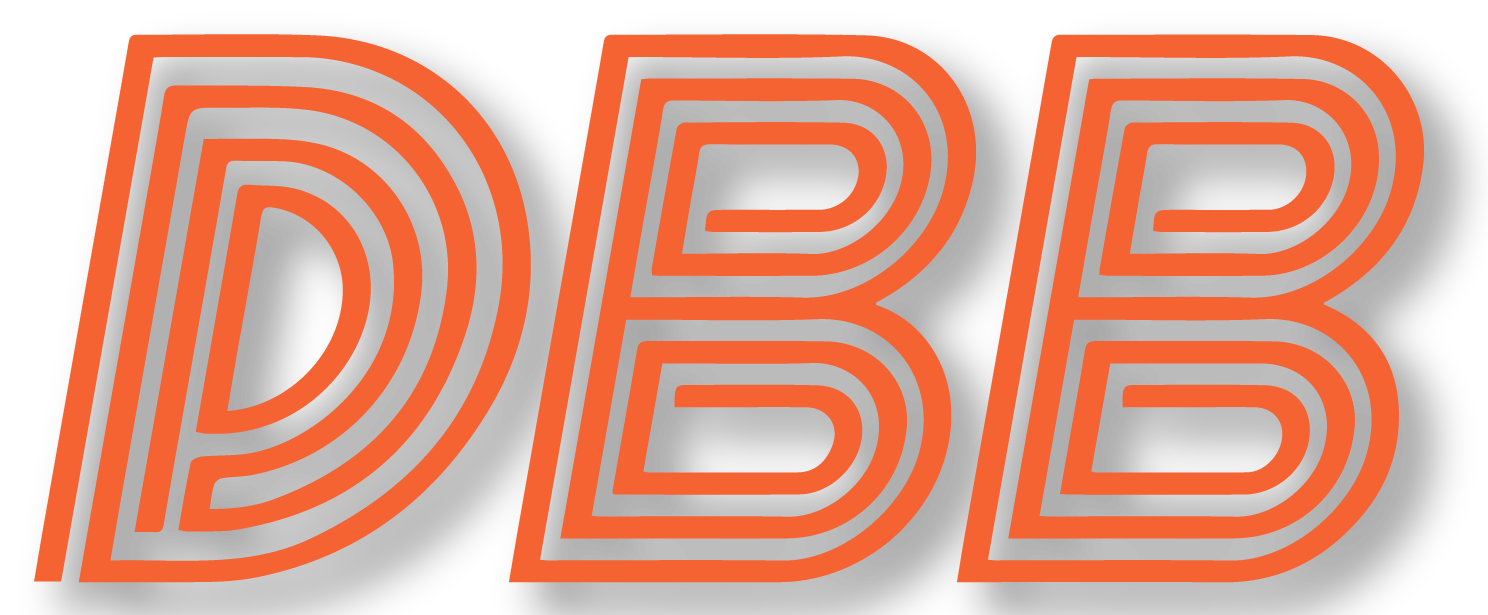As the deadline to extend tagged players with the Bears and Allen Robinson failing to reach an agreement, fans began to panic about the future of the team’s wide receiver position. But with Darnell Mooney, it seems to be in good shape.
When projecting future depth charts, fans often forget what front offices can’t: improvement often comes from within. Nobody should expect Mooney to be better than Robinson in 2021, but it isn’t a stretch that he could become one of the 20 best receivers in the league by 2022. Who knows what could come after that?
Mooney was in the top-10 amongst rookies in receptions (fifth), yards (sixth) and touchdowns (eighth) and most of those ahead of him benefited from more functional offenses — specifically at the quarterback position. He out-produced multiple first-round picks and most of the other players drafted ahead of him.
At roughly 5’11” and with legitimate 4.3-speed, Mooney showed the ability to run past defenders and make catches on 50/50 balls. His 3.2 yards of separation per target were the second-best on the team — behind Cole Kmet’s 3.6 — per NextGen Stats. His statistics would be significantly better if the team had a quarterback who could hit him in stride regularly.
Nearly every report from Bears offseason practices has indicated that Mooney has stood out again, looking even stronger and faster than he was a year ago.
The Bears stopped short of betting on Mooney, but they have put him in an ideal situation to prove himself. By using the franchise tag on Robinson, the Bears bought themselves another year to see what Mooney is. If he doesn’t take another step forward, the Bears could certainly tag Robinson again next offseason. Per Albert Breer, tagging Robinson in 2022 would cost the team $21.6 million — probably less than if they had agreed to his terms for an extension. The team absolutely should already be planning on tagging Robinson for that price, even if it’s just to trade him.
Extending Robinson’s contract is still the most ideal way for the Bears to go from here. That seems like a long shot at this point, but that doesn’t mean the future of the position is doomed. The college game is producing high-level wide receivers at an incredible rate, the Bears seem to have found one in Mooney and we shouldn’t dismiss what he can become.








